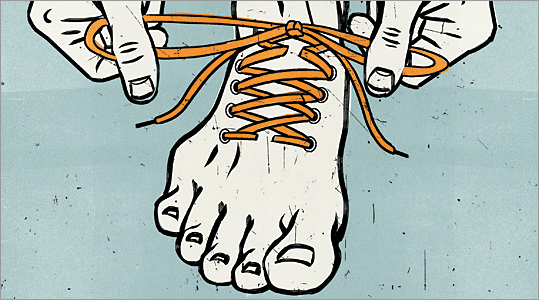
Following up on yesterday's disappointing attempt to defend my title, I thought I had enough legs for one more hard effort before shutting it down for the month of November. I texted my buddy Anuj Saturday night to see if he was interested, and he was game despite having never done a trail race. Sometimes these races done on a whim turn out to be more enjoyable than the ones you plan for!
This is the 2nd edition of Stone Tower 15K, and the course is challenging without being overly technical. This course is a next door neighbor to the infinitely more famous Great Stew Chase 15K, but it's a totally different animal. It's run in the Lynn Woods Reservation, mostly on carriage roads, but with enough single track to spice things up and test your climbing legs. It's not a technical monster like the Skyline Trail 7.2, but it's no cross country race either. I entered this trail race last year, the week prior to the NYC marathon, to add some spice to my last long run without killing my legs. I ran a 1:10:56, and finished in 6th place. This year, however, I was mostly recovered from the BAA Half and dedicated to really hammering the second half of this race to see how much I could beat my time from last year. Besides, I was still pissed about my effort level yesterday, and wanted to redeem myself.
Anuj and I arrived with about 15 minutes to spare. We had enough time to register and do a short warm-up before the start. The race started pretty conservatively, and I spotted the usual suspects (Paul Young and Chris Smith, 1st and 3rd, respectively, from last year's race) leading the charge. These two mountain goats are clearly a class above me, so I settled in at 4th or 5th place as we hit transitioned from asphalt to the trail. The first section is fairly rocky, but the footing was solid despite yesterday's soaking rain. I eased into the first climb towards Stone Tower and slowly made up ground on 3rd place before hitting the first long descent. I was passed by a different runner with long hair halfway down the first descent, and I could tell by the way he was moving that I wasn't keeping up with him for now.

As far as tactics go in trail racing, although I'm not a veteran, I have done enough races to know that my strength lies in descending and my weakness is the techinical stuff. I would think that with all the basketball I play, the lateral movement wouldn't be a problem. However, the muscles utlized are clearly different. Basically, I stay strong on the climbs, try not to lose to much on the techinical descents, and really hammer the long downhills. The first third of the race is on wide carriage trails, so it was easy to settle into a nice rhythm. My body was beginning to warm-up and I was feeling much stronger than yesterday. As we hit the Rose Garden and the first aid station, I could hear another runner behind me within striking distance and it helped me to stay focused. I was comfortably in 4th by the time we hit Stone Tower the second time, but with the more technical 2nd half ahead, I knew I had work to do.
The next segment until the third pass of Stone Tower was the deciding segment of the race for me. There was no one to key off of in front, but I was shadowed from behind by a runner who would gain on the technical sections, but fade on the long climbs. I never thought of myself as a good climber, but these techinical portions were really highlighting my strengths and weaknesses. In road races, the runner with the better engine almost always wins, but in trail racing, technique can clearly overcome a difference in fitness. My shadow was clearly in the latter category and this was going to be dogfight. I never looked back, but I could judge by his footfall how far back he was. I tried to build my lead on the carriage roads, but he would invariably catch up on the single track sections. I thought he came the closest on the swampy section just before the climb to Steel Tower. I finally dropped him for good on the last climb up to Stone Tower, and following a brief moment of confusion because the volunteer had left his post and wasn't directing traffic, I was cruising on the last downhill secure in my 4th place finish.
I smashed my time from last year, but like I said, I didn't really race it last year. If you look at the 2008 results, I ran essentially the same time as the 4th place finisher, who was also the runner shadowing me for much of the 2nd half of the race. Interestingly, I can't seem to match my effort level for a road race of equivalent time, as the average HR was lower than my half marathon pace. Anyone else have the same experience? Overall, I was glad that I trekked out to Lynn Woods for this race as I was much happier with my race effort compared to yesterday's 5K. I even managed to snag a division win! Its time for me to hang up the sneaks for a week or so and look forward to the next trail race (Fells Trail Race) before winter sets in.
Results
4th place, 1:07:03, 7:13/mile, HR - 167/176


 Born to Run: A Hidden Tribe, Superathletes, and the Greatest Race the World Has Never Seen
Born to Run: A Hidden Tribe, Superathletes, and the Greatest Race the World Has Never Seen

